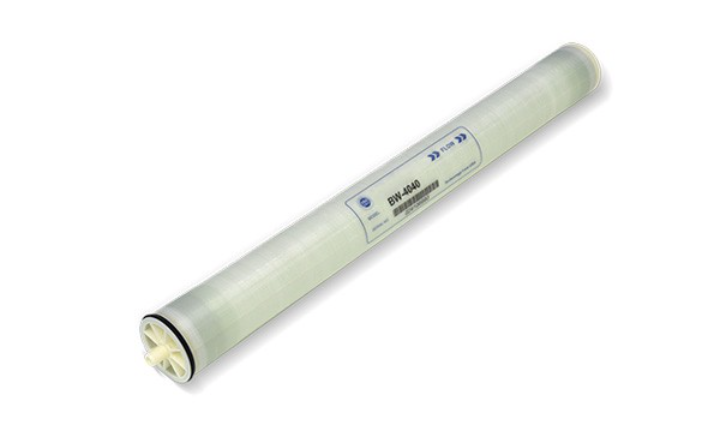Unveiling the Efficiency and Potential of Industrial Membrane Elements

Introduction
In the realm of industrial processes, innovation continuously drives the quest for more efficient and sustainable solutions. Among these advancements, industrial membrane elements have emerged as key players in various sectors, revolutionizing separation, purification, and filtration processes. These versatile components have gained prominence due to their ability to enhance productivity, reduce environmental impact, and streamline operations across industries. This article delves into the world of industrial membrane elements, exploring their applications, working principles, and the transformative impact they have on modern manufacturing processes.
Understanding Industrial Membrane Elements
Industrial membrane elements are thin, selective barriers designed to separate substances by utilizing their differences in size, shape, and charge. These elements are typically made from materials like polymers, ceramics, and metals, with the membrane structure determining the separation process—whether it’s microfiltration, ultrafiltration, nanofiltration, or reverse osmosis.
Applications Across Industries
- Water Treatment: Industrial membrane elements play a vital role in water treatment processes, effectively removing impurities, contaminants, and particles from water sources. They are employed in municipal water treatment plants, desalination facilities, and wastewater treatment to provide clean and potable water.
- Food and Beverage Industry: Membrane elements are used for the concentration, purification, and clarification of liquids in the food and beverage sector. From dairy processing to fruit juice concentration, these elements help maintain product quality and extend shelf life.
- Pharmaceuticals: In the pharmaceutical industry, membrane elements are used in the separation and purification of biopharmaceutical products, ensuring high product quality and compliance with regulatory standards.
- Chemical Processing: Membrane technology finds applications in separating and purifying chemicals, solvents, and products in chemical manufacturing. It offers an energy-efficient alternative to traditional separation methods.
- Oil and Gas: Industrial membrane elements aid in the separation of oil and water, facilitating efficient oil recovery and minimizing environmental impact in the oil and gas sector.
- Electronics: Membrane elements are crucial in electronics manufacturing, enabling the production of ultrapure water for various processes and preventing contamination of sensitive electronic components.
Working Principles
Industrial membrane elements operate based on the principle of selective permeation. When a fluid mixture passes through the membrane, certain components pass through while others are retained, leading to the desired separation. This separation can occur due to size exclusion (microfiltration), charge interactions (ion-exchange membranes), or molecular weight differences (ultrafiltration, nanofiltration, and reverse osmosis).
Advantages and Impact
- Energy Efficiency: Membrane processes often require less energy compared to traditional separation methods, contributing to reduced operational costs and environmental impact.
- Reduced Waste: Membrane technology minimizes waste generation by allowing selective separation, thus enhancing resource efficiency and sustainability.
- Compact Footprint: Membrane-based systems are typically compact and modular, making them suitable for installations with limited space.
- Consistency and Quality: These elements offer precise separation, leading to consistent product quality and reduced batch-to-batch variability.
- Environmental Benefits: The use of membrane elements in industrial processes reduces the need for chemical additives and the discharge of pollutants into the environment.
Challenges and Future Prospects
Despite their many advantages, industrial membrane elements face challenges such as fouling (buildup of deposits on the membrane surface), high initial investment costs, and the need for proper maintenance. However, ongoing research aims to address these issues through improved membrane materials, fouling-resistant designs, and more cost-effective manufacturing processes.
Conclusion
Industrial membrane elements represent a significant advancement in separation and purification processes across a wide range of industries. Their ability to enhance efficiency, reduce waste, and promote sustainability makes them indispensable components in modern manufacturing. As technology continues to evolve, industrial membrane elements are poised to play an increasingly vital role in shaping more resource-efficient, environmentally conscious, and high-quality production processes.




